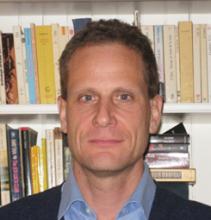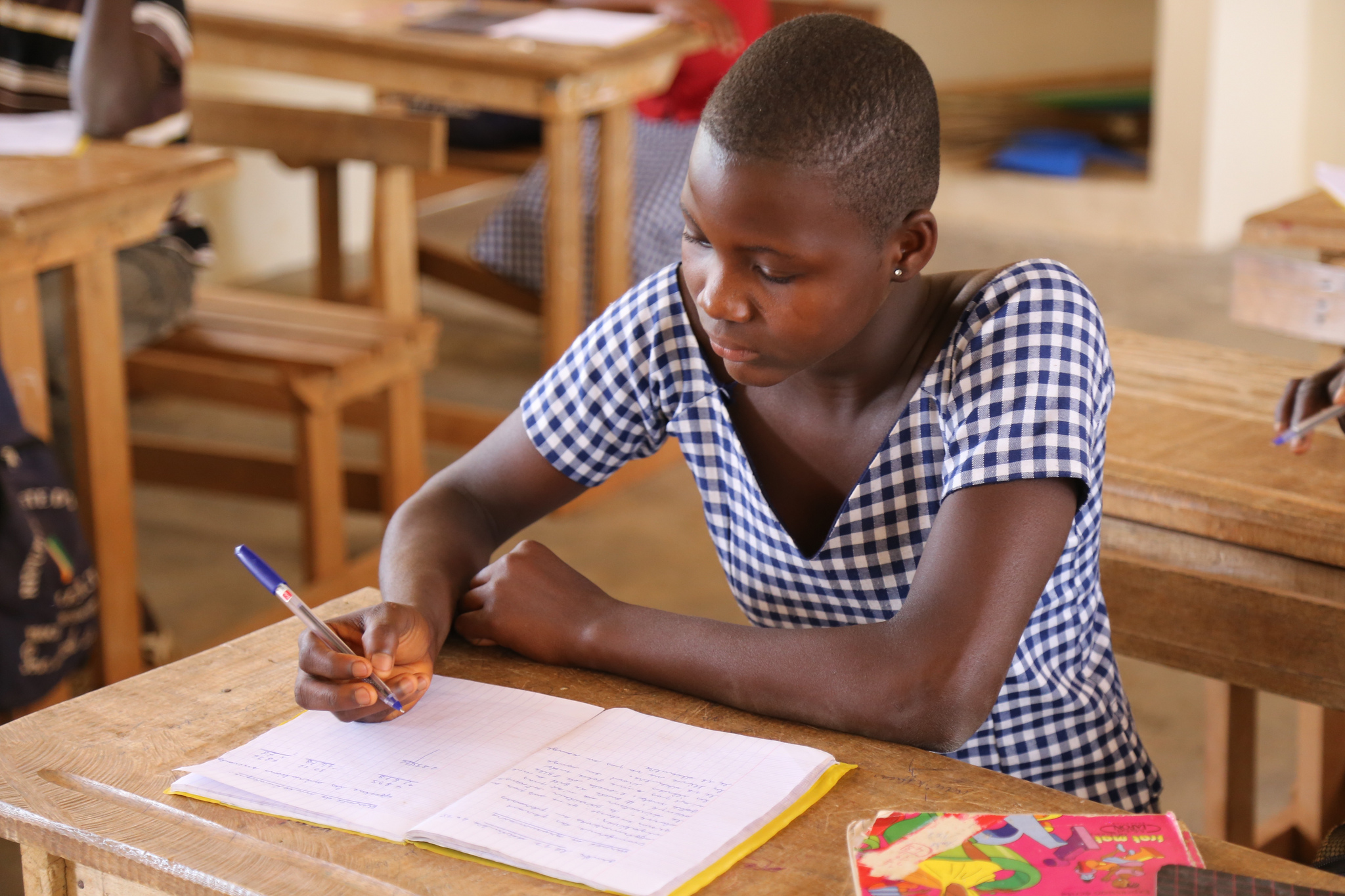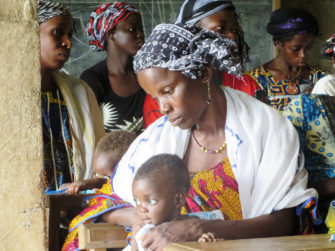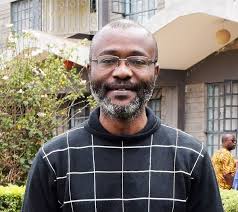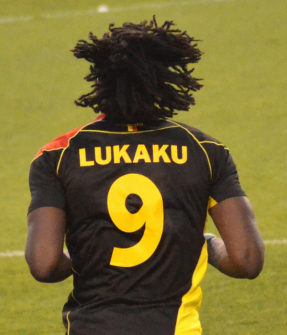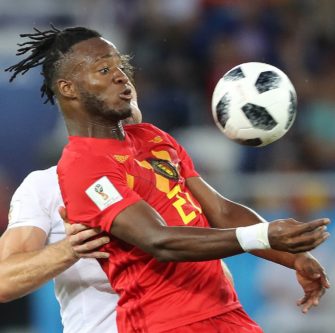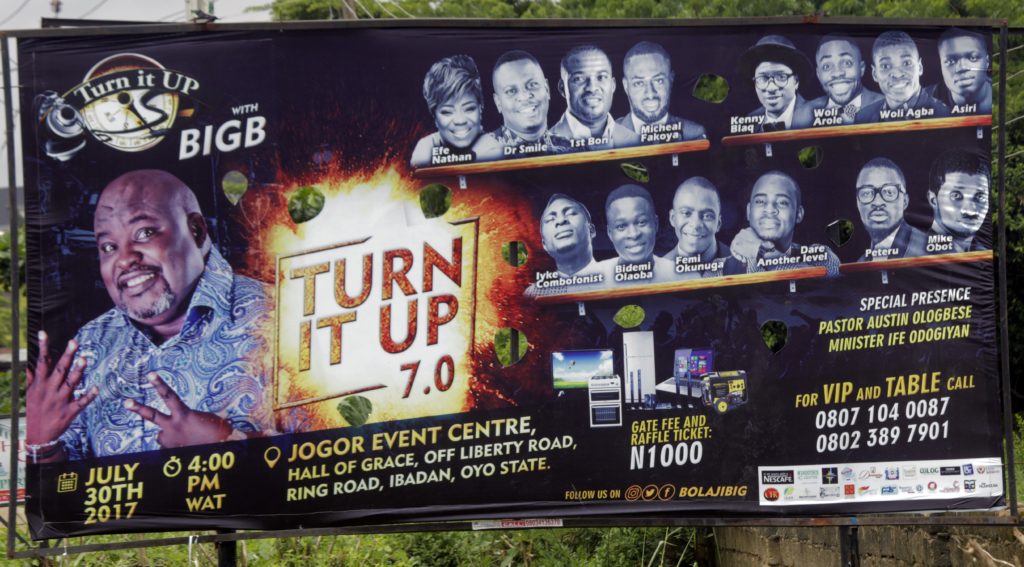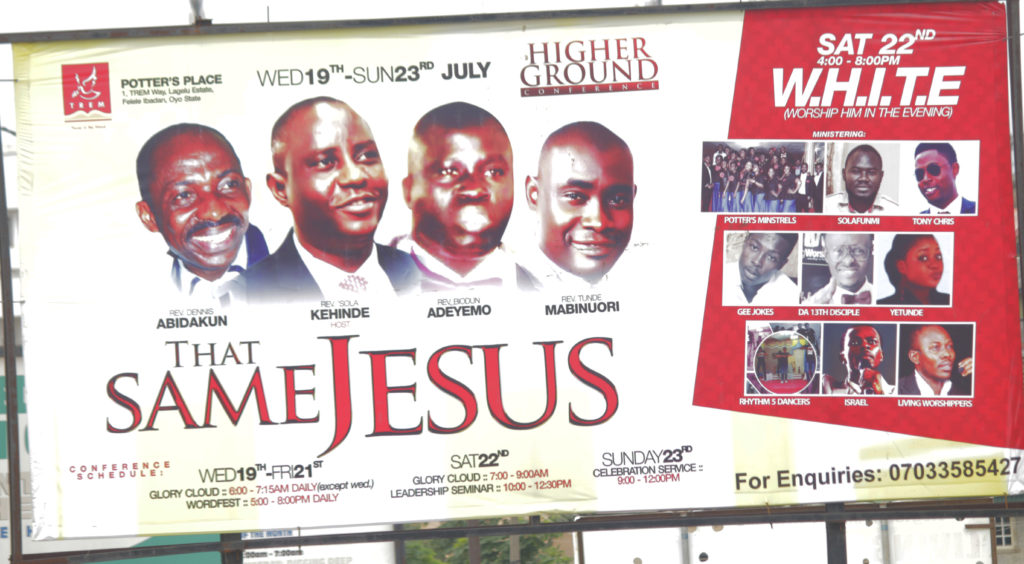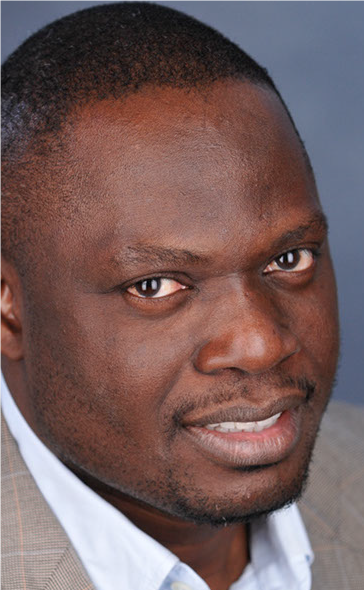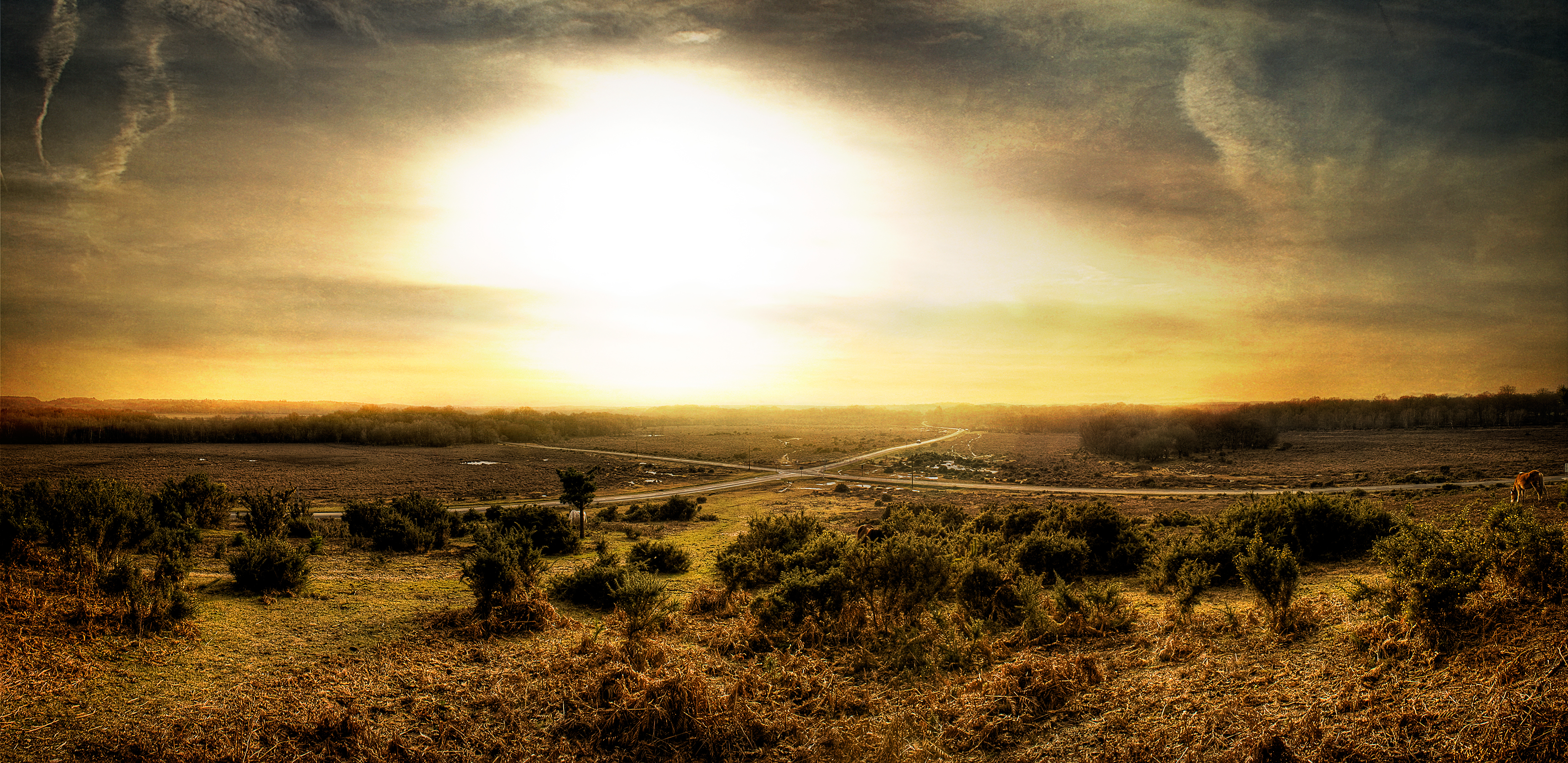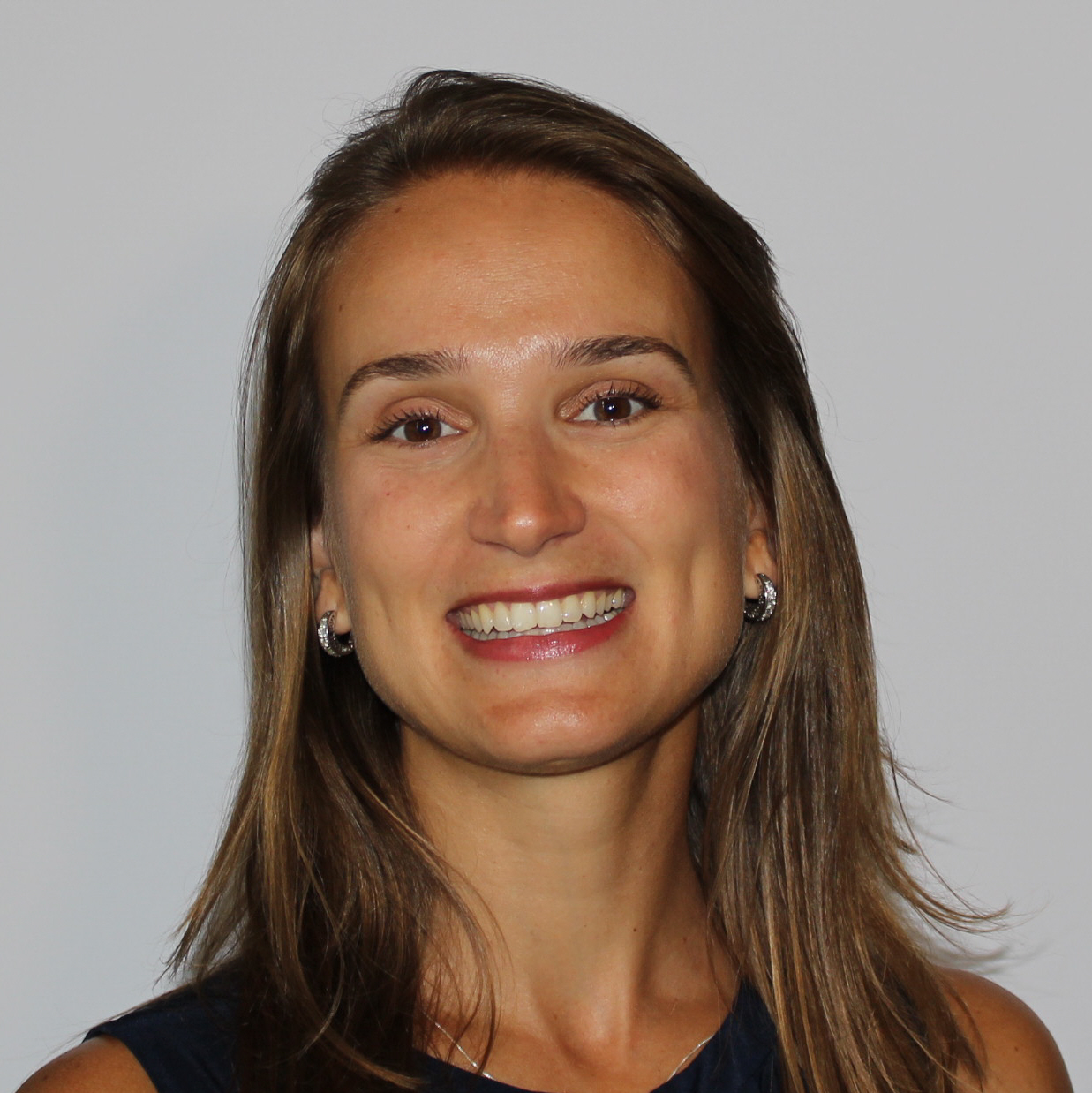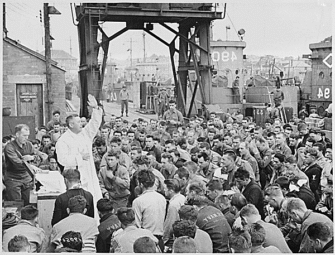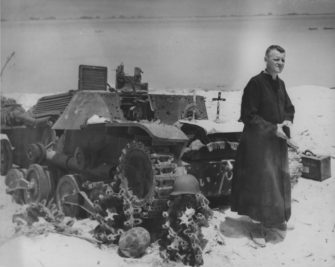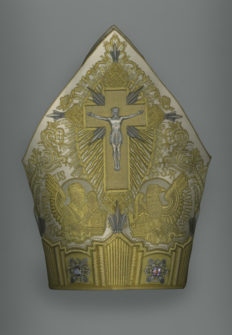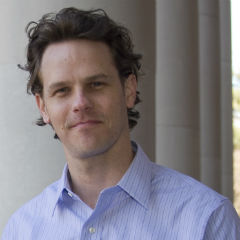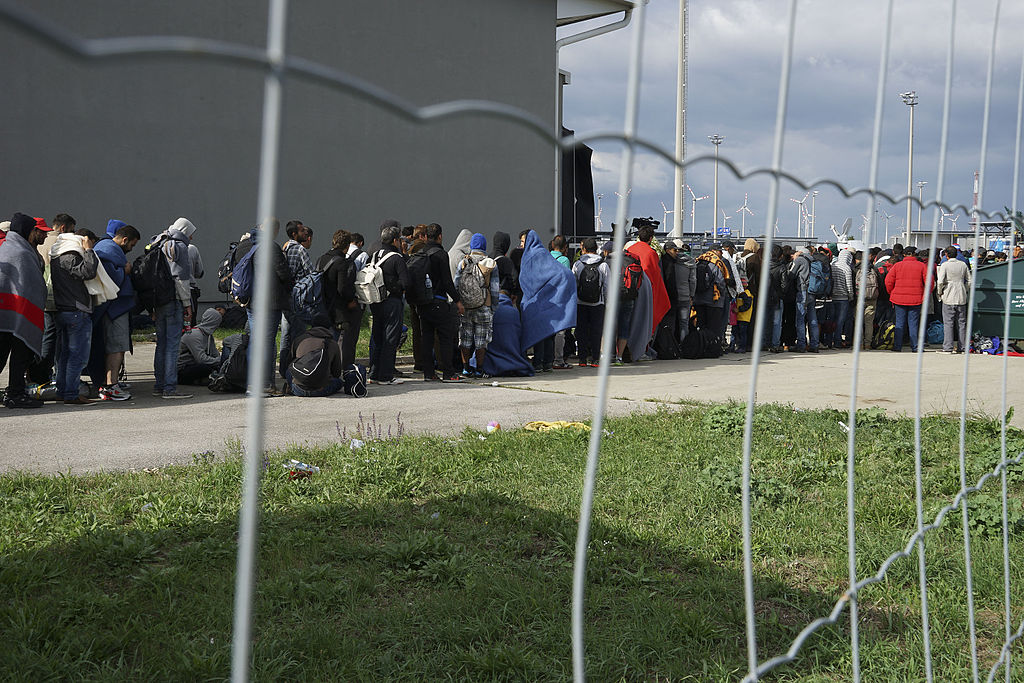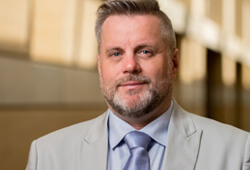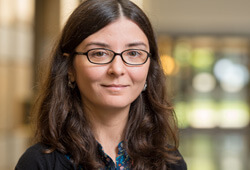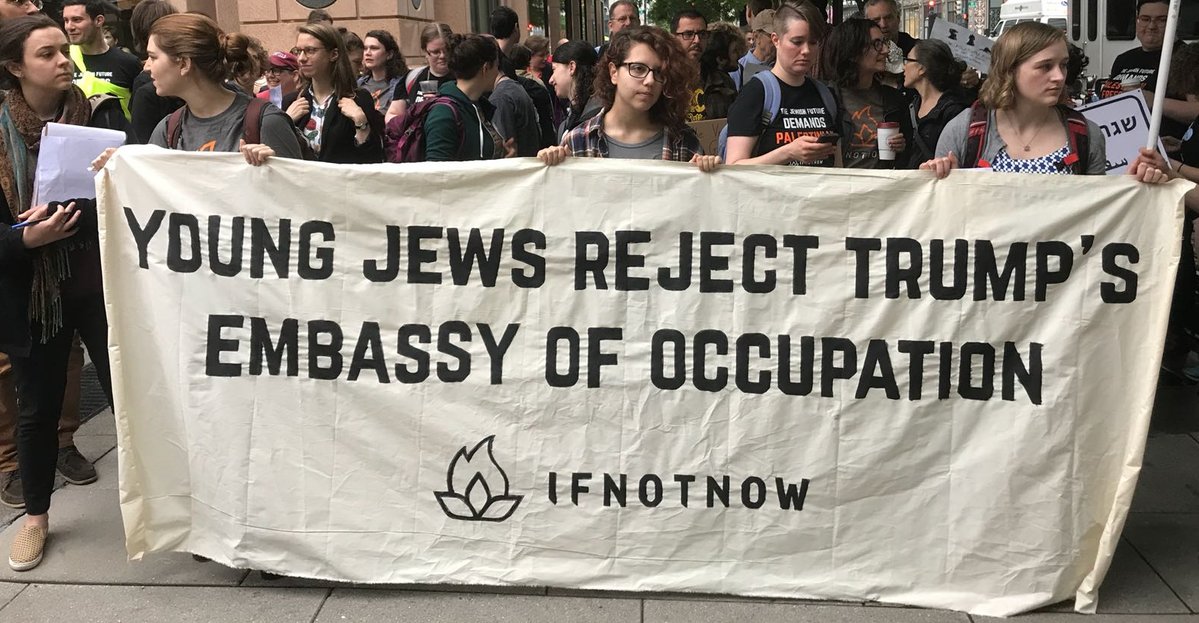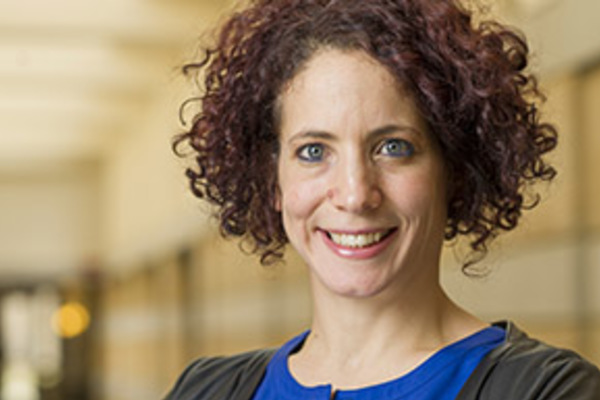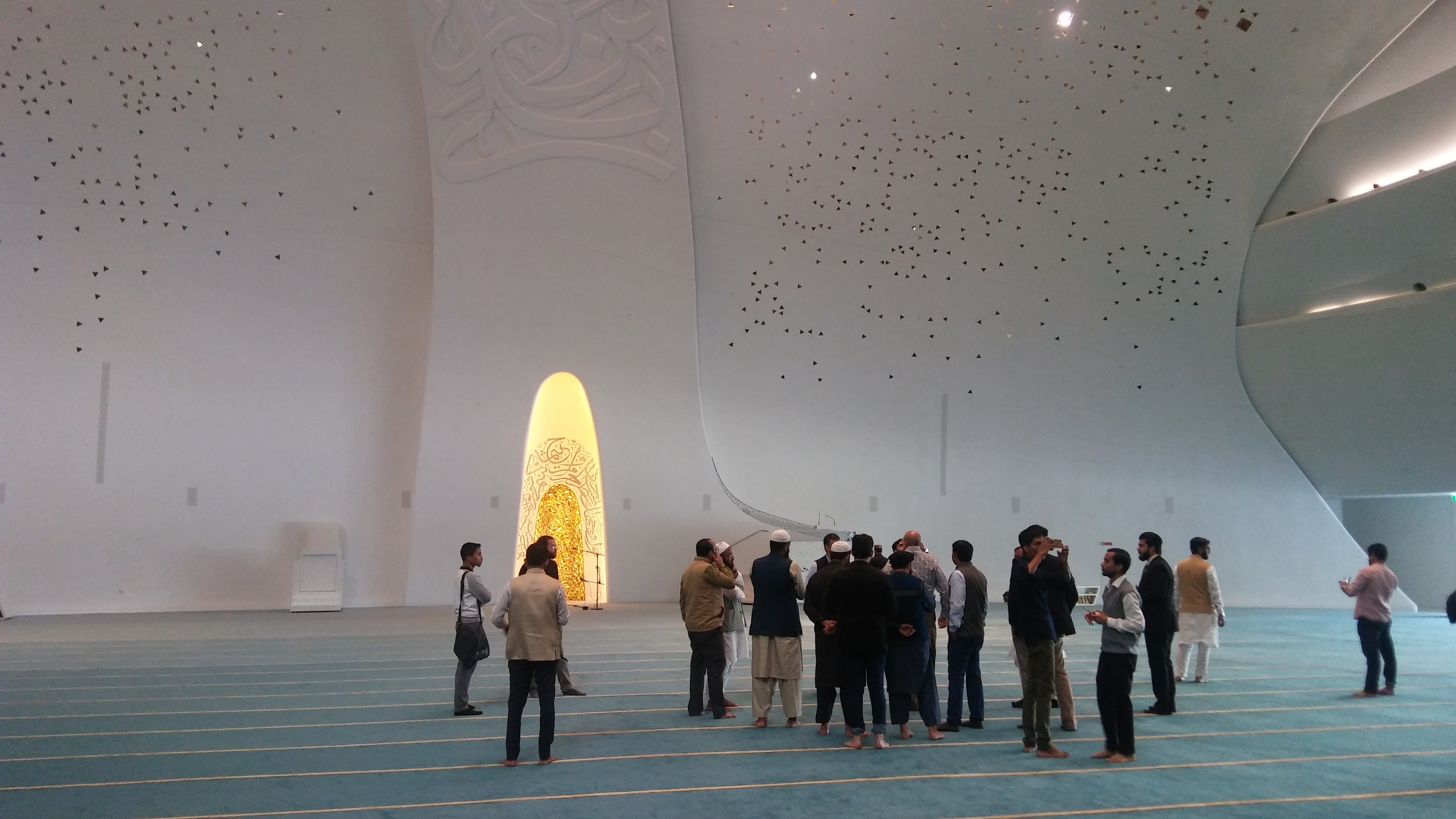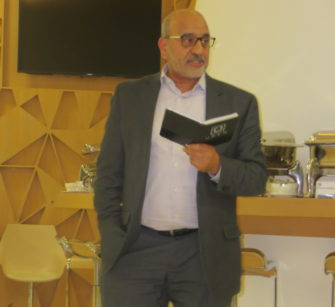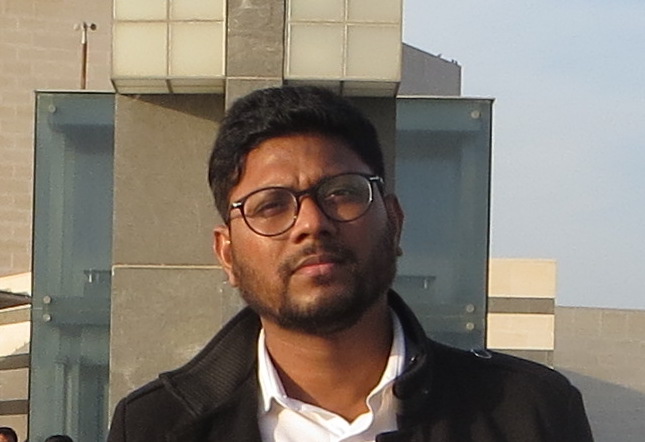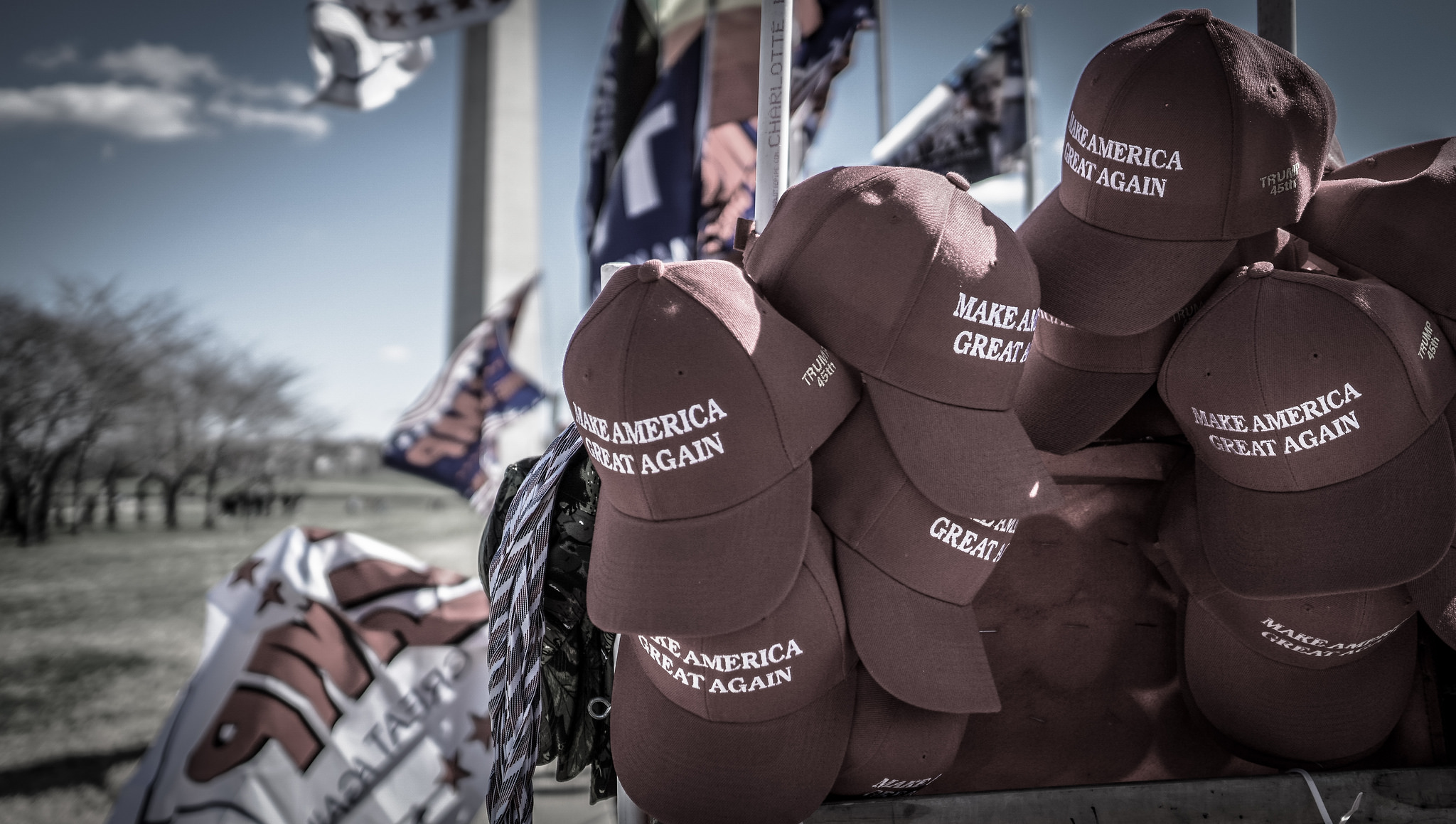
One of the great puzzles of the 2016 elections in the United States was the extraordinary support that Donald Trump received from white evangelicals. Nearly 80% ultimately voted for Trump. It is important to note that most non-white evangelicals did not vote for Trump, and that most white evangelicals voted for other candidates during the Republican primaries. And yet, Trump was still the first choice of a plurality of white evangelicals.
One of the great puzzles of the first 18 months of the Trump administration is the steady increase in Trump’s approval ratings amongst white evangelicals. Over 80% now approve of Trump. During the presidential elections, many white evangelical leaders were prepared to publicly excuse Trump’s patently un-Christian personal behavior—including his ill-concealed racism and misogyny—and many white evangelical voters were evidently willing to overlook them as well. Now, they appear ready to overlook his ongoing assault on American democracy, too—including the rule of law, the freedom of the press.
This is not a uniquely American puzzle. The affinity between religious conservativism and right-wing populism is a phenomenon that antedates Trump and extends beyond America. That affinity is perhaps less obvious and less important in Western Europe, where the ranks of Christian conservatives have been in rapid decline for some time now. But even there, neo-populists often position themselves as defenders of “Christian civilization.” Geert Wilders and Marine Le Pen did not borrow this move from Trump’s playbook. On the contrary, the opposite is more likely the case.
Elsewhere in the world, the connection between religious conservativism and right-wing populism is both striking and significant. In Hungary, for instance, Viktor Orban has promised to replace “liberal democracy” with “Christian democracy,” by which he evidently means an ethno-nationalist form of one-party-rule and plebiscitary democracy. Moving eastwards, to the inner boundary of Eurasia, we arrive in Tayyip Erdogan’s Turkey, where the “secular democracy” of the Kemalist regime has been supplanted by an Islamic version of the Orban model.
Any suspicion that Western analysts might harbor concerning the European origins of this phenomenon are however promptly shattered when we arrive on the Indian sub-continent. There, civilizationist discourse is nearly a century old. The Hindu nationalist movement has long had both religious and secular followers, and Hindu nationalist discourse has long claimed that Hinduism is a way of life or a form of civilization to which non-Hindu Indians can and indeed must belong.
While the origins of left-wing populism are usually traced to the American populist movement of the late 19th century, the genealogy of right-wing populism begins further South, in Latin America. There, too, authoritarian populist leaders found substantial support amongst Catholic conservatives.
Of course, not all religious conservatives feel attracted to the populist message. In the US, for instance, the ranks of the #neverTrumpers include a good number of conservative Christian intellectuals, Protestants as well as Catholics. The question, then, is which religious conservatives and why? The tentative answer that I’d like to advance here is: “religious nationalists.”
Until recently, of course, most scholars of nationalism would have dismissed the very concept as an oxymoron. Nationalism was assumed to be a wholly “modern” phenomenon, a kind of ersatz religion for secular modernity. Today, many scholars understand religious nationalism as a distinctive variant of modern nationalism, one that makes religious identity the litmus test of national belonging.
While religious nationalism may well be a modern phenomenon, the connection between religion and nationalism long antedates modernity. Indeed, one could argue—and many including myself have argued—that Western nationalism has religious origins. For the definitional triptych of “people, land, and state” is already sketched out in the Hebrew Scriptures, which speak of a chosen people, a holy land, and a Jewish state.
Academic analysts have often remarked on the quasi-religious character of modern nationalism. Some have explained this in functional terms. In this account, nationalism fills the “God-shaped hole” left by secularity. Others have explained it in instrumental terms. From this perspective, nationalist politicians invoke religious language to galvanize their followers. The genealogical account suggests a different explanation: modern nationalism has a religious “unconscious” that can always be summoned back to the surface again.
In “Western” versions of religious nationalism—by which I mean versions that are historically rooted in the Jewish and Christian scriptures—this religious unconscious has at least four key elements:
- Blood tropes. Talk of blood is a red thread that runs through both the Jewish and Christian scriptures. There is talk of blood sacrifice, blood conquest, blood purity, and blood atonement, amongst other things.
- Apocalyptic narratives. The histories of Judaism and Christianity are both replete with apocalyptic discourse. For most of these histories, literalist interpretations of the apocalyptic texts (viz., Daniel, Revelation) were confined to fringe movements. Today, they are a core element of evangelical Christianity.
- Persecution/victimization narratives. The “pariah” status of the ancient Jews and Roman persecution of the Jesus movement left a deep imprint in the collective memories of both traditions. It is especially deep amongst present-day evangelicals, who expect to be persecuted for their faith.
- Messianic expectations. Full-blown messianic movements have probably been somewhat more common in modern Judaism, but modern Christianity has certainly had its share (e.g., Mormonism) and the history of modern evangelicalism is of course rife with charismatic preachers who claim quasi-messianic powers.
These four elements are not “key” in the sense of being “unique” characteristics of Judaism and/or Christianity that distinguish them from other religious traditions. On the contrary, they are commonly found in “non-Western” versions of religious nationalism as well (e.g., Buddhist, Hindu, and Islamist). They are key, then, not in the sense of grounding a typological distinction between religious traditions, but rather in the sense that they underlie the elective affinity between religious nationalism and right-wing populism.
What do I mean by “right-wing populism”? There is widespread scholarly agreement that populism is not an “ideology,” at least not in the sense that, say, liberalism or communism are ideologies. Populism does not have a Mill or a Marx, a treatise or a manifesto, nor a program of reform or revolution (e.g., the expansion of individual rights or the abolition of private property). And yet, while it may lack the intellectual systematicity of these 19th century ideologies, it is not without a certain coherence. Some analysts have proposed that it is best understood as a political discourse centered around the notion of the “sovereign people” and related notions such as “popular will” and “popular unity.” This is why populist rhetoric often has a democratic ring. However, as proponents of this interpretation are quick to point out, right-wing populists also reject core elements of liberal democracy, such as the rule of law, the rights of the minority, and the internal pluralism of all peoples.
Building on Arlie Hochschild’s work, some scholars, including myself, have argued that populism is not just a discourse but a narrative. In her widely-read ethnography, Strangers in Their Own Land, Hochschild argued that her subjects interpreted the world through the frame of a “deep story,” a narrative that they were not always able to articulate themselves, but which they immediately recognized and affirmed as “theirs” as soon she articulated it for them. The central event in the populist story is “line-cutting.” Hochschild’s subjects imagine themselves to be waiting patiently in a long line that leads to the “American dream” of material prosperity. But the line is standing still. In fact, it hasn’t moved in years, decades even. Why? Up ahead, her subjects notice, other people are cutting in line, immigrants and minorities who just recently arrived. Not only that, the Federal Government is guiding them to the front of the line. This, they feel, is deeply unjust.
In my view, Hochschild’s deep story is just one variant of a more generic narrative that underlies right-wing populism. It features four actors: a pure people, a corrupt elite, an undeserving other, and a messianic leader. The people have been betrayed by the elite which is allied with the other, and the leader promises to restore the people to its birthright. There is also a left-wing version of this story. It features three actors: an oppressed people, a corrupt elite, and a social movement. In this account, the people are being exploited by the elite and have joined together in a movement of liberation.
Right-wing populist movements have at least two other common, if not universal features. The first—and the most important for our purposes—is a charismatic leader. Because the populist goal of popular unity can never really be achieved it is often performed. In left-wing populist movements, unity is usually embodied in “the movement.” In right-wing populist movements, by contrast, it is more often incorporated in a leader. The second common feature of right-wing populist movements (sometimes found in the left-wing variant, too) is the performance of “bad manners,” above all by the leader, but also by his (or, occasionally, her) followers. By “bad manners,” I understand ongoing violations of social norms of polite speech and sometimes also of dress and grooming. The speech of populist leaders is often impolite and profane. And their personal appearance is often unconventional. Bad manners serves two purposes: it distances the leader from the elite and signals his or her closeness to the people. But it also distances the leader from “ordinary” people and suggests extraordinary talents or superhuman powers.
Having enumerated some important characteristics of both religious nationalism and right-wing populism, it is now possible to identify some of the elective affinities between them. They run in both directions. Religious nationalists are attracted to right-wing populist movements and parties if and insofar as they:
- Invoke notions of blood sacrifice, blood conquest, blood purity and, more generally, attribute mystical powers to human blood.
- Paint the contemporary situation in Manichean and apocalyptic terms, as a cosmic struggle between good and evil, that is hurtling towards its final denouement.
- Portray the dominant ethno-cultural majority as a persecuted, religious minority; in particular, a minority persecuted on account of its faith.
- Are headed by a charismatic leader who makes messianic promises and claims messianic powers.
Conversely, right-wing populists are attracted to religious nationalism if and insofar as it:
- Emphasizes the moral purity of the common people.
- Blames national decline on cultural elites, and especially on secular intellectuals.
- Clearly identifies moral and/or religious others who can never become full members of the people.
- Sanctifies the charismatic leader, despite or even because of his or her bad manners.
Against this backdrop, the ongoing love affair between Donald Trump and white evangelicals becomes a good deal less perplexing. Trump has a peculiar (and possibly psychotic) obsession with human blood, particularly but not exclusively, women’s blood. He espouses a dark, “us vs. them” view of the world, always on the brink of disaster. He espies conspiratorial plots and nefarious enemies most everywhere he looks. And he imagines that he can easily fix difficult problems with simple solutions that have somehow eluded his predecessors. Conversely, Trump-supporting evangelical leaders such as Jerry Falwell, Jr., and Franklin Graham envision the United States as a Christian nation that has been corrupted by secular elites, often on behalf of underserving others (typically racial, religious or sexual minorities), and they have not only given Trump a series of “mulligans” for his personal morality, they often seem to revel in his bad manners, particularly when they are aimed at those they dislike.
The goal of this memo has been to sketch out the cultural logic that underlies the elective affinity between religious nationalism and right-wing populism and, more broadly, to dispel the view, quite widespread among Western intellectuals, that the alliance between religious nationalists and neo-populists is purely instrumental or patently hypocritical. While I am confident that this framework can “travel”—i.e., that it gives us some theoretical purchase over other cases of neo-populism, Western and non-Western alike—I do not imagine that it would survive such a journey unscathed. Further comparative work is of course necessary, particularly comparisons that go beyond Europe and the Americas to include various regions of Asia and Africa. Nor do I wish to suggest that this cultural analysis constitutes an adequate explanation much less an exhaustive account for the rise of neo-populist movements or their relative success or failure. That would require a fuller analysis, not only of national-level factors (e.g., party systems, immigration patterns, religious demography etc.) but also of global and geopolitical changes as well.

